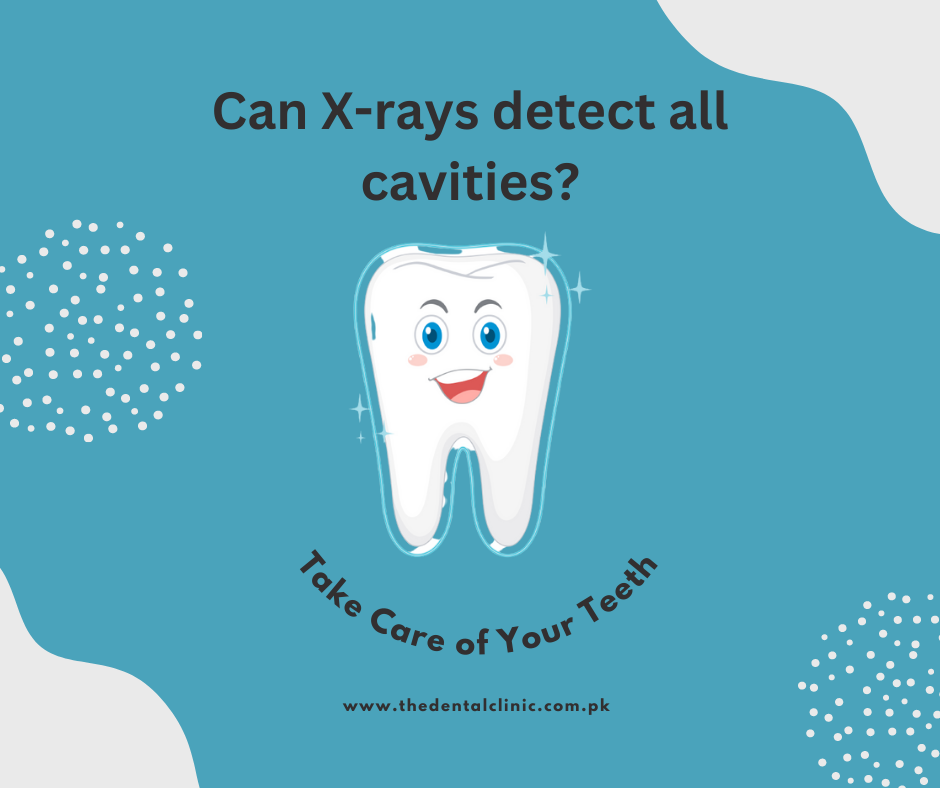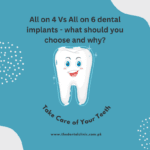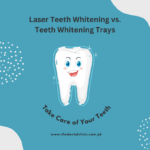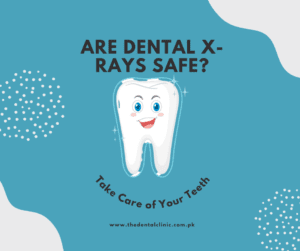
Can X-rays detect all cavities? The Ultimate Guide To Dental Imaging
X-rays are a routine part of dental check-ups because they play a critical role in aiding dental diagnosis. With the help of dental X-rays, your dentist can identify potential oral health problems such as cavities and gum disease at an early stage. There are different types of dental X-rays, such as intraoral (taken inside the mouth) and extraoral (taken outside the mouth). When it comes to proper oral health maintenance, diagnostic dental X-rays are essential.
How do dental X-rays work?
Dental X-rays, much like any other X-ray done elsewhere in the body, employ the use of electromagnetic radiation to produce images of your mouth. The radiation penetrates your soft tissues and produces visuals of your bones and teeth. These X-rays can be either traditional (captured on film) or digital (captured using digital sensors and computer technology). Digital X-rays require significantly less radiation, approximately 80% to 90% lesser than traditional dental X-ray machines.
What can X-rays help detect?
Dental X-rays are capable of detecting a variety of oral health problems, allowing your dentist to make an accurate diagnosis.
These X-rays can reveal:
- Cavities, particularly small areas of decay between adjacent teeth
- Decay underneath existing fillings
- Bone loss in the jaw
- Pockets/areas of infection
- Unerupted or impacted teeth and their location
- Teeth abscesses (infections at the tooth root or between the gums and the tooth)
- Cysts and certain types of tumors
Additionally, X-rays assist practitioners in evaluating a patient’s suitability for dental treatments such as implants, braces, or dentures, as well as monitoring recovery following certain procedures like root canal therapy or dental bone grafts.
How are dental X-rays done?
Dental X-rays require taking precautions to ensure protection against excessive radiation exposure. A technician will cover your chest with a lead apron and may place a thyroid collar around your neck before proceeding. The X-ray process involves sitting or standing in front of an X-ray machine, with the technician placing the film or sensor and then capturing the image by pressing a button. It is important to remain as still as possible during the X-ray process to obtain accurate results.
Types of dental X-rays
Dental X-rays can be classified into two main types:
- Intraoral X-rays, which involve placing the film or sensor inside the patient’s mouth.
- Extraoral X-rays, which involve placing the film or sensor outside the patient’s mouth.
Intraoral X-rays
There are three different types of intraoral X-rays, namely bitewing, periapical, and occlusal X-rays.
- Bitewing X-rays display the upper and lower teeth in a specific area, helping dentists identify decay between teeth and changes near the gum line.
- Periapical X-rays show the entire tooth from the crown to the root tip, making it possible for dentists to detect decay, gum disease, bone loss, and any other abnormalities.
- Occlusal X-rays help dentists spot any problems on the floor or roof of the mouth, diagnose impacted or fractured teeth, evaluate front teeth roots, and detect jaw fractures or cysts.
Extraoral X-rays
Extraoral X-rays also include three different types, namely panoramic X-rays, cephalometric X-rays, and cone beam CT scans.
- Panoramic X-rays display an overview of all oral structures, such as teeth, jaw joints, nerves, sinuses, and supporting bone, in a single image.
- Cephalometric X-rays display the entire head from the side, allowing dentists to see the position of teeth in relation to the jaw.
- Cone beam CT scans use computed tomography to capture 3D X-rays of teeth, jaws, nerves, sinuses, and detect tumors or facial fractures. Dental CT scans are often used by surgeons to check the height, width, and location of the jawbone before placing dental implants.
Are dental X-rays safe?
The radiation risk from dental X-rays is quite low, and a full set of dental X-rays exposes you to the same amount of radiation as some everyday sources like TVs, smartphones, computers, and building materials. However, exposure to extremely high doses of radiation from dental X-rays can be harmful and increase your cancer risk, therefore, it is crucial to limit X-rays to only necessary ones. Your healthcare provider can help you determine the risks versus benefits of dental X-rays.
How often should one get dental X-rays?
Most people with healthy teeth and gums should get dental X-rays once every six to 18 months. However, if you have gum disease, recurring decay, or other oral health issues, you may need more frequent X-rays.
Can you refuse to get a dental X-ray done?
As an individual, you have the right to refuse dental X-rays, but most dentists will not provide services without them because they are critical for diagnosis. If you are worried about radiation exposure, talk to your dentist, who can help you weigh the pros and cons of getting dental X-rays.
Can a dental X-ray show cancer?
Dental X-rays can detect some types of oral cancer, especially those that affect your jaw. However, not all types of mouth cancer can be detected with X-rays. That is why routine oral cancer screenings are crucial.
Should you have dental X-rays while pregnant?
In general, it is safe to have dental X-rays while pregnant or breastfeeding. The American Dental Association and the American Pregnancy Association have both stated that dental X-rays pose little to no risk to a developing fetus. However, most dentists avoid taking X-rays during pregnancy unless it is absolutely necessary.
How can I tell if I have a cavity without an X-ray?
There are three main symptoms to look out for if you suspect that you have developed a cavity:
- Holes on the tooth surface – most cavities are not readily visible without an X-ray. However, as they progress, small holes may appear in your tooth surface
- Pain – persistent toothache is another potential sign that you have a tooth cavity
- Localized tooth discoloration – look out for yellow, brown, or black stains on your tooth surface
Remember that dental X-rays are essential for maintaining proper oral health. People with healthy teeth and gums usually need new X-rays every year. If you are prone to cavities or gum disease, you may need more frequent X-rays. Talk to your dentist to determine how often you should get X-rays to keep your teeth and gums healthy.







